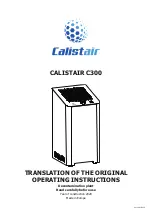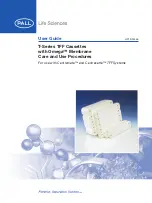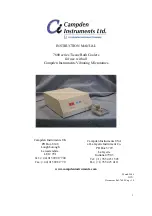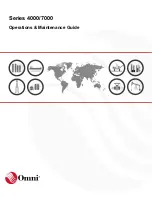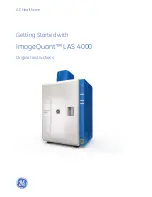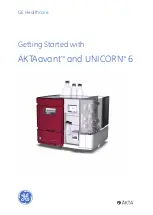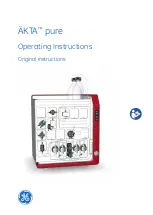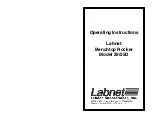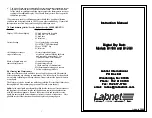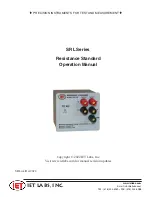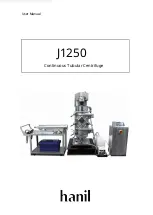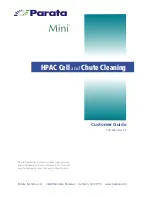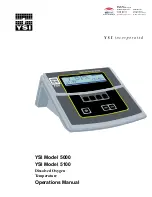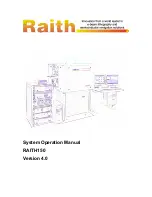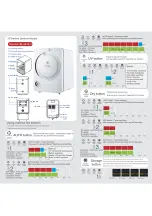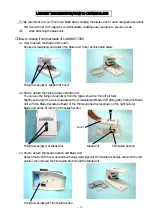
Theory of Operation
The Wireless Drop Counter uses an infrared light source and a
photodetector. Lenses spread the light into a "sheet" and refocus
it onto the photodetector. When a drop of fluid passes through
the Wireless Drop Counter, it partially blocks this sheet of light,
and the photodetector registers a momentary decrease in light
intensity.
The Wireless Drop Counter uses infrared light and ignores
visible light. On power up, it automatically adjusts the light level
for the best sensitivity. Use the Wireless Drop Counter away
from direct sunlight or other sources of infrared that may
interfere with its operation.
Infrared light source
Drop
Detector
Collimating lens
Sheet of light
Focusing lens
Troubleshooting the Sensor
• If the indicator light flashes twice for a single drop and the
Wireless Drop Counter registers more drops than actually
dispensed, fluid is most likely splashing back into the drop
window. Adjust the position of the beaker, Wireless Drop
Counter, or Drop Dispenser to eliminate splash back.
• If the indicator LED remains on constantly and the Wireless
Drop Counter does not register drops, the lenses in the
drop window are likely dirty or wet. Clean the lenses in the
drop window with water or a glass cleaner; dry with a
cotton swab or tissue.
• If the sensor loses Bluetooth connection and will not
reconnect, try cycling the ON button. Press and briefly hold
the ON button on the sensor for 10 seconds and then
release. Start the sensor in the usual way.
• If the sensor stops communicating with the computer
software or tablet application, try restarting the software or
application. If the problem remains, press and hold the ON
button on the sensor for 10 seconds and then release. Start
the sensor in the usual way.
- If this does not fix the problem, turn Bluetooth off and
then back on on the computing device. Retry.
• If the Wireless Drop Counter will not turn on, use the micro
USB cable to connect it to a USB port or charger.
Probe Care and Maintenance
The Wireless Drop Counter Sensor is splash-resistant but not
waterproof. Do not immerse the sensor in liquid. If the inside
surfaces of the drop window need to be cleaned, use a piece of
lens paper or a lint-free cloth and water or a glass cleaner.
Tips
• Except for opening and closing the stopcocks, do not touch
the syringe of the Drop Dispenser during the titration;
otherwise the drop size may change significantly.
• The drop rate must remain approximately constant (for
example, about 2 drops per second) in order for the drop
size to remain constant.
• Drop size depends on the exact position of the stopcock
valves. Therefore, the average drop size will be different for
every titration. For each different titration, re-calibrate the
sensor, since the new titrant may have differently sized
drops if it has a different density.
Software Help
The SPARKvue and PASCO Capstone Help provide additional
information on how to use this product with the software.
You can access the help within the software or online.
SPARKvue
Software
Main Menu
> Help
Online
PASCO Capstone
Software
Help > PASCO Capstone Help
Online
Technical Support
Need more help? Our knowledgeable and friendly Technical
Support staff is ready to answer your questions or walk you
through any issues.
Chat
Phone
1-800-772-8700 x1004 (USA)
+1 916 462 8384 (outside USA)
Regulatory Information
Limited Warranty
For a description of the product warranty, see the Warranty and Returns page at
.
Copyright
This document is copyrighted with all rights reserved. Permission is granted to non-
profit educational institutions for reproduction of any part of this manual, providing
the reproductions are used only in their laboratories and classrooms, and are not
sold for profit. Reproduction under any other circumstances, without the written
consent of PASCO scientific, is prohibited.
Trademarks
PASCO and PASCO scientific are trademarks or registered trademarks of PASCO
scientific, in the United States and in other countries. All other brands, products, or
service names are or may be trademarks or service marks of, and are used to
identify, products or services of, their respective owners. For more information visit
.
Wireless Drop Counter | PS-3214
6








